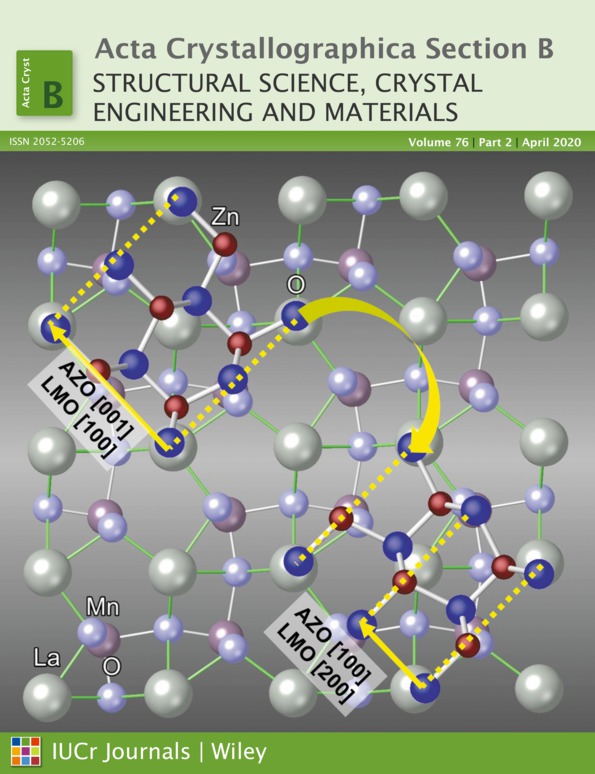Effect of growth modes on electrical and thermal transport of thermoelectric ZnO:Al films
Abstract
Electrical and thermal transport controlled by growth mode can be used to optimize thermoelectric properties of ZnO:Al films, which was adjusted by the re-evaporation of Zn and Al via substrate temperatures. The growth modes include equiaxed crystal, columnar crystal and coexistence of both crystals. In the ZnO:Al film, equiaxed crystals improve the carrier mobility and reduce the lattice thermal conductivity. Thus, the carrier mobility and thermal conductivity are tuned by the ratio of equiaxed crystals to columnar crystals. The carrier mobility is dependent on the growth-mode-related defects of oxygen vacancies, zinc interstitials and the substitutional dopant of Al. Improved thermoelectric properties with a power factor of 198.45 µW m−1 K−2 at 510 K were achieved. This study presents a film with the structure of an equiaxed-crystal buffer layer to enhance its thermoelectric properties.




